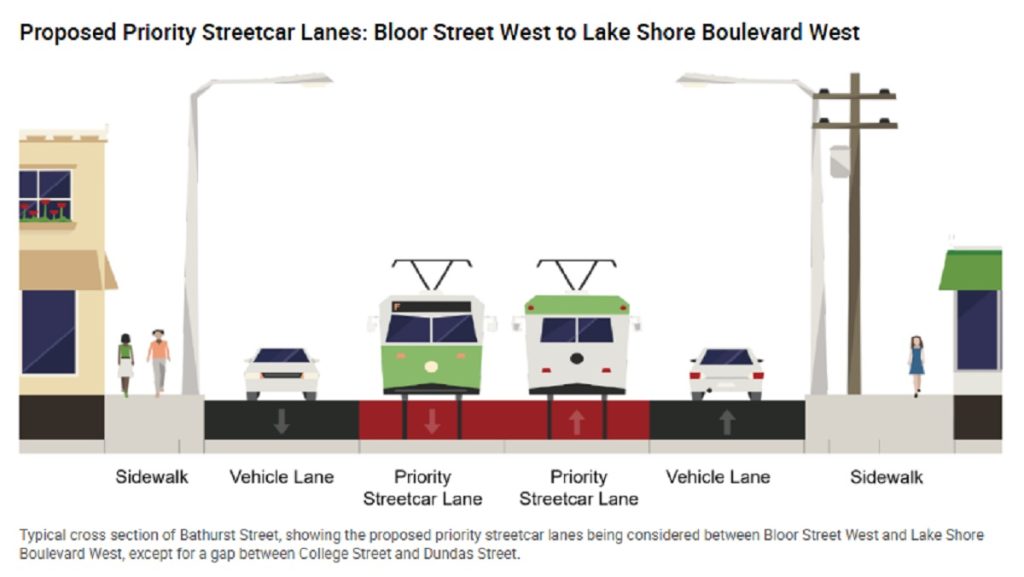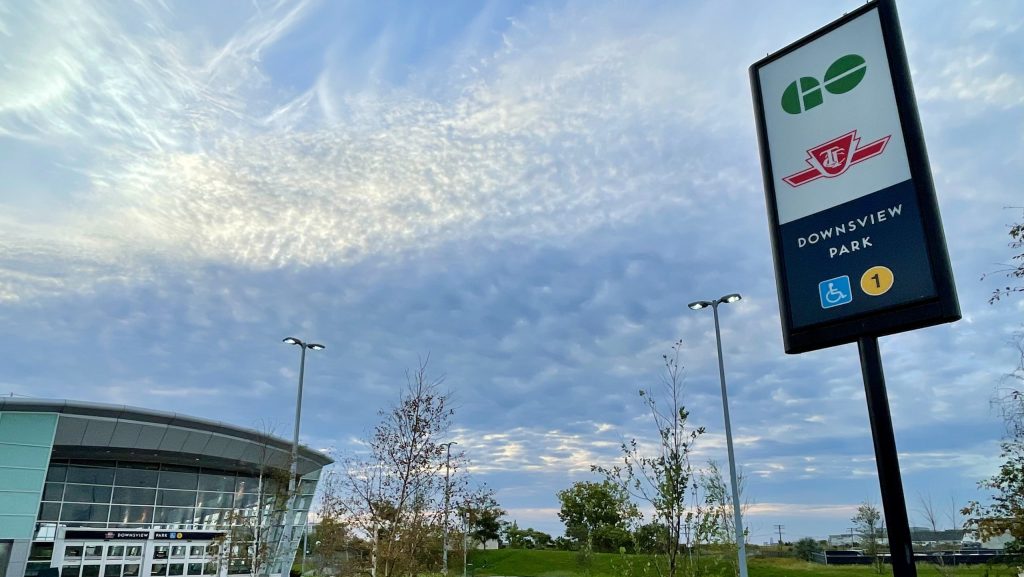Doctors can now transfer scans, not patients, in brain injury diagnoses
Posted March 3, 2011 2:56 pm.
This article is more than 5 years old.
A two-year initiative to bring to a virtual neurosurgeon to every hospital in Ontario is now complete.
St. Joseph’s in Toronto was the final piece of the 100-hospital puzzle that allows doctors to transfer scans instead of people, making diagnosing brain injuries simpler for patients, their families, and physicians.
Due to the limited number of neurosurgeons in the province, patients needed to be transferred from remote communities to larger hospitals for everything from their initial consultation to final treatment.
But Emergency Neuro Image Transfer System (ENITS) allows patients to be treated remotely.
The program was implemented in January 2009 and in the two years since, 1,558 patient transfers have been avoided, saving the province more than $50 million.
“This is a significant milestone for improving patient care in Ontario through eHealth. It means that people right across the province will benefit from neurological specialists regardless of geography. It also means that unnecessary transfers will be avoided, sparing families needless travel, expense and worry,” Deb Matthews, Minister of Health and Long-Term Care Minister, said in a statement.
The scans can be reviewed by one of 70 neurosurgeons working out of 13 neurosurgical centres in the province, including at the Hospital for Sick Children in Toronto.
“The consultation process can be life-saving,” Dr. James Rutka, the neurosurgeon involved at Sick Kids, said.
“Hospitals will now be able to offer patients specialized consultations with on-call neurosurgeons across the province to determine whether or not patient transfer is required,” Rutka said.








